Noether-Lefschetz Locus with Applications to Deformation Theory
The Noether-Lefschetz locus arises from a theorem due to Noether and Lefschetz. The theorem states that for a fixed integer d ≥ 4, a very general smooth degree d surface in P3 is of Picard number 1 (Picard number is the rank of the Néron-Severi group). Denote by Ud the space parametrizing smooth degree d surfaces in P3. The Noether-Lefschetz locus, denoted NLd , is the subspace of Ud parametrizing degree d surfaces with Picard number at least 2. Surprisingly, NLd is dense in Ud ([CHM88]). One can look at NLd as the countable union of certain subvarieties of Ud (see [Voi03, §3.3]). Using the Lefschetz (1, 1)-theorem, each of the irreducible components of NLd is locally a Hodge locus. The aim of these talks is to understand this description of the Noether-Lefschetz locus.
The goal is to keep the talks self-contained. We will start with the basics on Hodge locus and its tangent space. We will recall the flag Hilbert scheme, which is a generalization of the classical Hilbert scheme. We will then study the Bloch’s semi-regularity map which relates the tangent space to the Hodge locus to the infinitesimal deformation of certain flags of algebraic varieties. Finally, we apply this to study the tangent space of the Noether-Lefschetz locus.
References:
[CHM88] C. Ciliberto, J. Harris, and R. Miranda. General components of the Noether-Lefschetz locus and their density in the space of all surfaces. Mathematische Annalen, 282(4):667–680, 1988.
[Voi03] C. Voisin. Hodge Theory and Complex Algebraic Geometry-II. Cambridge studies in advanced mathematics-77. Cambridge University press, 2003.


